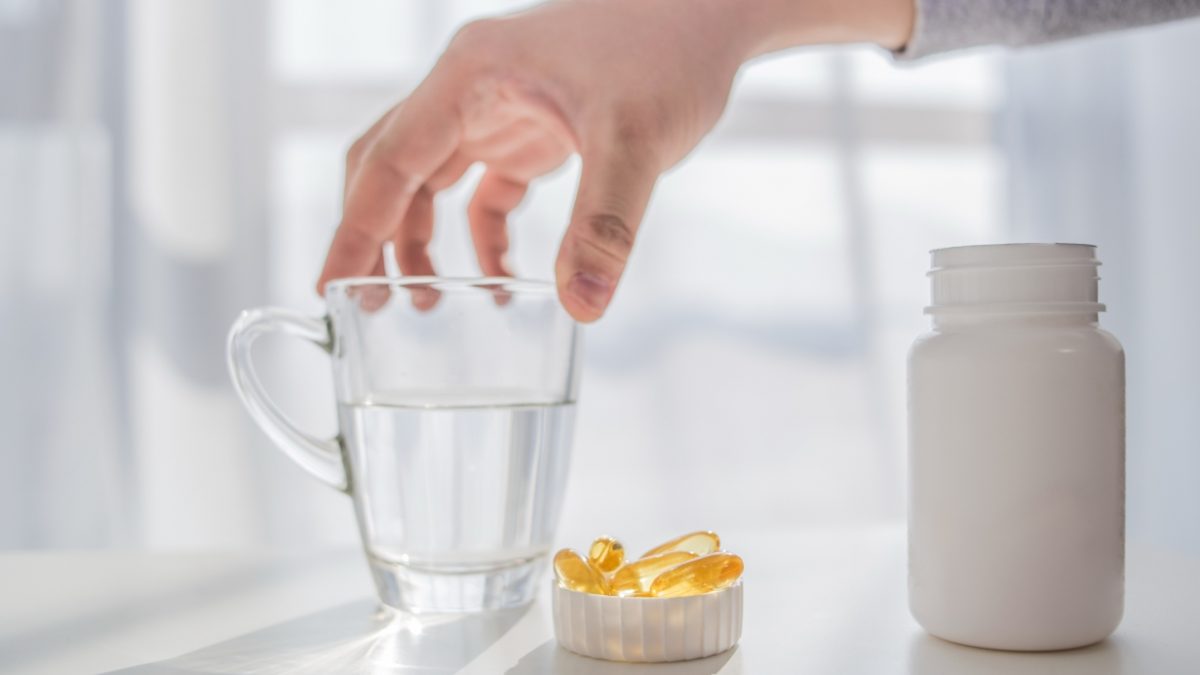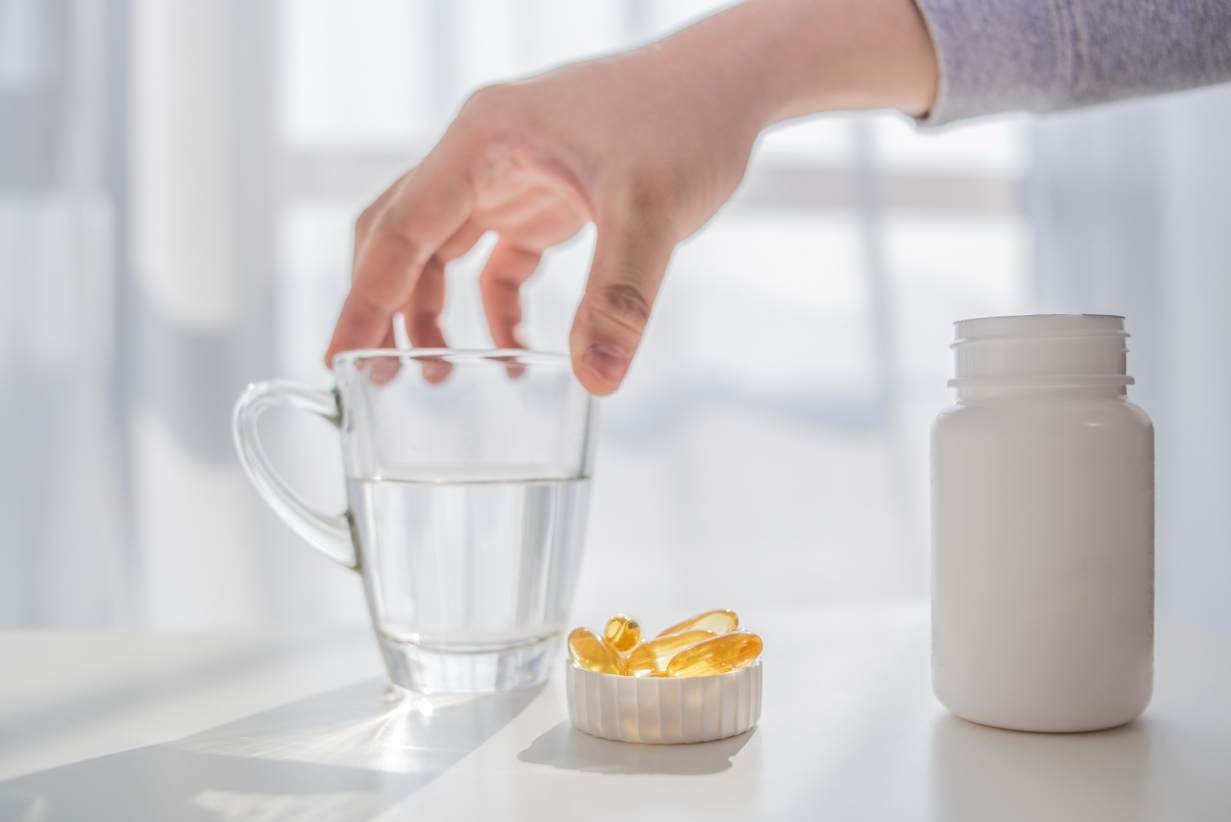Recent studies have shown that more and more people have lack of vitamin D or vitamin D deficiency. And while in Greece we believed that because of the intense sunshine we had high levels of vitamin D, the opposite is true. That’s why doctors ask for a special blood test that controls the levels of vitamin D.
So far we have insisted on wearing sunscreen and avoiding exposure to the sun at all times. Now we are in a dilemma: Which of the two is worse?
We will analyse below the reason for the dilemma.
What is vitamin D?
Vitamin D is a fat-soluble vitamin. Until recently, we recognised its value for bone protection and prevention of osteoporosis.
But it does much more than we thought!
It is essentially a pro-steroid hormone and affects more than 2,500 genes in the human body. So when there is enough in our body, it prevents many diseases.
What are the consequences of lack or deficiency of vitamin D?
There are strong indications that it is responsible for the following:
⦁ Osteoporosis
⦁ Auto-immune diseases (cancer, multiple sclerosis)
⦁ Allergies
⦁ Psoriasis
⦁ Diabetes
What are the normal Vitamin D values?
The optimal vitamin D values are 45 – 55 ng/ml.
When blood vitamin D3 levels are below 30 ng/ml, it is considered a deficiency.
Which foods contain vitamin D?
Vitamin D is found in a satisfactory quantity in foods we do not usually consume in Greece, like salmon (fresh wild or fish farm), tuna and a minimum amount in egg yolk.
Its main source of intake is through sun exposure and supplements.
For how long and at what times should the body be exposed to the sun to produce vitamin D?
Sun exposure should be on a daily basis, for 10-15 minutes, during the time of intense sunshine (when the sun’s rays are perpendicular to the earth) and with 40% of the skin’s surface exposed to the sun.
The farther from the equator and the tropics a country is, the greater the chance of vitamin D deficiency is for its inhabitants.
The time of the year is also important.
Are there other factors that play a role in the reduced intake of Vitamin D?
Darker skins are more resistant to vitamin D absorption. The positive thing, however, is that they are more likely to be exposed a little longer to the sun without burning to absorb vitamin D.
Air pollution filters UVB radiation.
The age of a person. As we grow older, the skin’s ability to produce vitamin D is reduced.
When I wear sunscreen can I absorb vitamin D?
Vitamin D can be absorbed by the skin at times when the sun is perpendicular to the earth, that is, during the ones we have known so far to be prohibitive for exposure (12.00 – 16.00).
However, this does not mean that we have to be under the sun during all these hours with or without sun protection, a hat, etc. 15 – 20′ are sufficient.
Practically without sun protection, between 12.00 – 16.00:
⦁ Light skins can be exposed for 10 ‘- 15’.
⦁ Darker skins can be exposed for 15 ‘- 20’.
If it is winter we must have 40% of our body uncovered (e.g. hands and feet) and we can increase the time by 5 ‘.
After this time, we literally have to hide from the sun and if exposure is necessary (e.g. outdoor work), we must wear sunscreen and apply it frequently.
But, what about sun exposure and melanoma?
The irresponsible exposure to the sun without adequate sun protection (sunscreen, hat, light clothes etc.) and during 11.00 to 16.00 has adverse effects that multiply over the years (i.e. the skin does not forget the “harm” that occurs every time due to a possible burn). And just because many still refuse to understand how important this is, despite all the available information, there are deaths every year in Greece from skin cancer.
In conclusion, irrational sun exposure can cause skin cancer (melanoma), but lack of vitamin D (which needs sun to be absorbed) can cause more health problems.
With 10 to 15 minutes sun exposure without sunscreen, there is no burn – and long-term skin cancer – and it also helps our skin get the vitamin D that is so important to our body.






